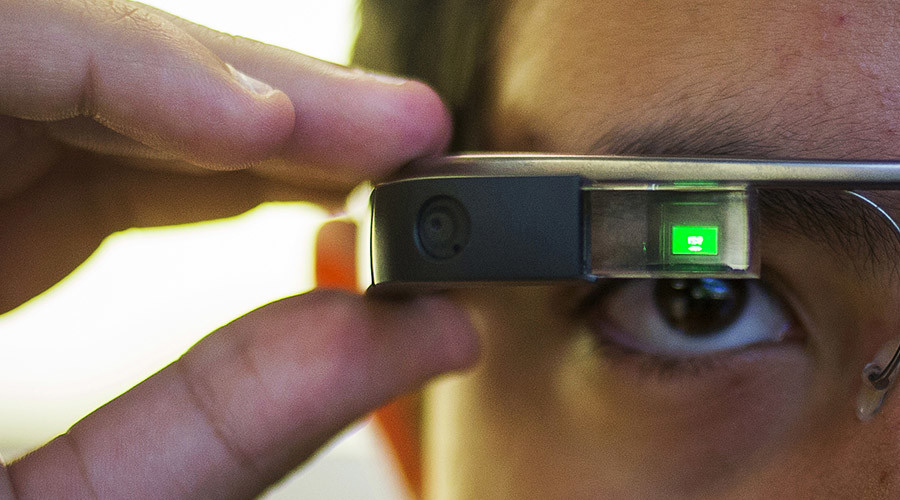Google glass to help kids with autism ‘see’ emotions

Google glass, a wearable device thought to be so useless by even its manufacturer that it was taken off the market just a couple of months after it was officially launched, may soon find a new lease on life.
The Autism Glass Project is developing software compatible with Google’s gadget that could make it possible for autistic children to interact with other people and literally read their faces without a hitch.
According to the Project, over 1 million children under the age of 10 in the US alone have been diagnosed with Autism Spectrum Disorder. It is often tough for such children to recognize basic facial emotions. With the new device, socializing and recognizing emotional cues will be less of a problem.
Futuristic ‘Batband’ headphones play music through the skull http://t.co/mYfx5FIs4H pic.twitter.com/ZcS0ARMllN
— RT (@RT_com) September 15, 2015
Wall Lab, which is promoting the project, has recently kicked off a 100-person trial for children and their families to try out the glasses at home.
The device is equipped with a video camera that captures facial expressions and then compares them with vast databases of photos of faces. The program then sends a text message that pops up right in front of the child’s eye, notifying them whether the person they are talking to is feeling happy, sad, angry, and so on. The glasses will be able to memorize recurring facial expressions and adjust to differences in space and lighting.
Among other features, the research team also notes that the device “also records the amount and type of eye contact, which adds an additional layer for behavioral intervention.” In other words, mothers will be able to track how much time her kid spends looking directly at her.
The data stored in the glasses can be transferred to an Android app where it can then be collected and analyzed by parents or caregivers.
This is heavy: 8 things #BackToTheFuture actually predicted… and what it got wrong https://t.co/cHnXBQycfF
— RT America (@RT_America) October 21, 2015
The developers are really optimistic about the new technology and already looking forward to moving to “a scalable ‘commercial’ phase,” said Dennis Wall, an associate professor in pediatrics at Stanford who leads the Wall Lab, as reported by Quartz.
Children with autism spectrum disorder are not capable of reading human expression – even the most basic ones such as smiling or frowning. Most of them have a substantial lack of skills essential for communicating and bonding with other people.
“Gaining these skills requires intensive behavioral interventions that are often expensive, difficult to access, and inconsistently administered,” the Autism Glass Project says on their website.
The project is aimed at bringing a change to those kids’ lives by making the new technologies accessible for everyone.
Политика конфиденциальности | Правила пользования сайтом







